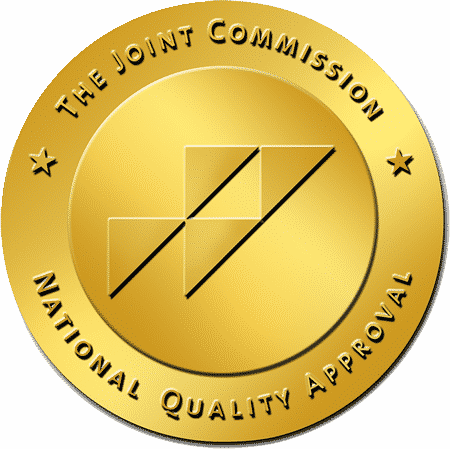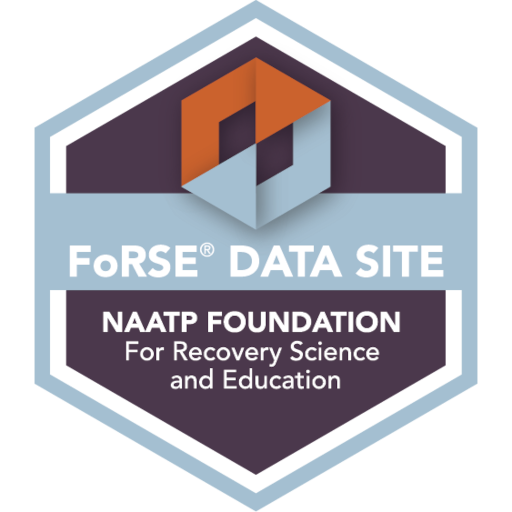Depression, a mood disorder that causes a persistent feeling of sadness and loss of interest, affects how one feels, thinks, and behaves, and can result in emotional and physical problems. Also called major depressive disorder or clinical depression, it may disrupt normal life activities, and even lead to thoughts of suicide.
Depression is a worldwide epidemic affecting millions of people, according to the World Health Organization, but many misconceptions still exist about the disease. People think it’s just sadness or a brief depressed mood. Wider discussion of clinical depression has led to increased advocacy for mental health awareness and a gradual destigmatization of mental illness. Here are some insights into this mental illness: types of depression, some common depressive symptoms, forms of effective treatment, and precautionary actions.
Classifying Mental Health Disorders: Types of Depression
Depression is an umbrella term for an array of mental disorders. There are more types, each with distinct symptoms that need a specific kind of treatment.
Major Depressive Disorder (MDD)
Clinical depression, also called major depressive disorder, is depression in its most basic form. The hallmark symptoms of a depressive episode with MDD are intense and extended feelings of sadness, apathy, and exhaustion.
Due to these persistent issues, MDD hampers a person’s daily life. They struggle to function or finish even simple tasks because they’re unmotivated, unable to think clearly, or have difficulty concentrating.
Persistent Depressive Disorder (PDD)
Persistent depressive disorder is another form of depression characterized by a chronic and major depressive episode. This means that the signs and symptoms of PDD last longer than with MDD — at least two years.
Bipolar Disorder
Having bipolar disorder is different from depression, but they have so many overlaps that it was once called “manic depression” or “bipolar depression.” People with this disorder have extreme mood swings that reach two extremes: mania and depression.
Mania refers to high-energy episodes characterized by irritability, happiness, and excitement. A depressive episode, however, bears the classic symptoms of major depression.
Post-Traumatic Stress Disorder (PTSD)
PTSD is not a kind of depression, but it’s often connected to it. That’s because many people with this mental disorder experience depression as a side effect. Along with depressive episodes, PTSD is characterized by anxiety symptoms, lack of sleep or insomnia, and overwhelming guilt or shame.
Perinatal Depression
Perinatal depression is an umbrella term for mental health disorders that happen during and after pregnancy. These are caused by extreme changes that pregnant people undergo, including shifting hormones.
One of the most well-known types under this classification is postpartum depression, which affects people after they give birth. If left untreated, this can last for months or years and transition into MDD or other mental disorders.
Psychotic Depression
Psychotic depression is classified as a severe type of depression that is typically treated within a hospital setting to allow for close supervision. The key difference between psychotic depression and MDD or PDD is in the name: psychosis.
When suffering from this medical condition, a person is out of touch with reality and may hear voices, hallucinate, and display other symptoms of severe depression. Patients typically feel ashamed of their suffering and seek to hide it, which makes the signs and symptoms of this mental health disorder difficult to identify and diagnose.
They are of no increased risk to the people around them, but they do pose a heightened risk to themselves for suicide.
Seasonal Affective Disorder
As the name suggests, seasonal affective disorder, or SAD, happens because of the changing seasons. During a particular season, typically winter, people start getting symptoms of depression like sadness, listlessness, and lack of motivation. This is caused by disruption of their circadian rhythms or a lack of melatonin and serotonin due to the decreased sunlight. This typically manifests as mild depression but is disruptive all the same.
Anxiety Disorder
While not strictly a form of depression, anxiety disorders are deeply tied with depression. Their symptoms strongly overlap with MDD or PDD, and the treatments for these medical conditions are similar. Both mental health conditions can be addressed with selective serotonin reuptake inhibitors at the discretion of the patient’s physician.
Symptoms of Depression
Depending on the kind of depression a person has, the symptoms can vary. However, these are the most common:
Ongoing Feelings of Sadness or Emptiness
Everyone is sad at one point or another. However, if that lasts for months on end, then it might be a symptom of depression. Alternatively, some patients feel devoid of emotion entirely due to dissociation, which can make these medical illnesses difficult to identify.
Lack of Motivation
Most people with depression lack the energy or enthusiasm to do activities they once loved. Those with severe depression struggle to perform even the most mundane tasks, including showering, eating, and caring for their hygiene. They often feel fatigued and as though the world is slowing down, which often leads to disorientation. This lack of motivation can go hand in hand with weight gain, which is commonly noted in those with depression.
Sleeping Problems
Trouble sleeping is not the only sleeping problem that can come with depression; oversleeping is also a symptom caused by a disrupted circadian rhythm. This then aggravates other issues, like the lack of energy and warped perception of time, leading to an unfortunate cycle.
Cognitive Issues
Since depression is a mental health issue, normal functioning of the brain is also affected. Those who develop depression often have trouble concentrating, making decisions, and thinking in general. Some people even have memory loss.
Thoughts of Self Harm and Suicide
Depression can cause thoughts of self-harm and suicidal feelings. These are some of the most dangerous symptoms, often resulting from intense emotional and physical distress and a lack of self-worth.
Psychosis
Psychosis is a detachment from reality. In combination with depression, this brings with it an alarming risk of suicide. Psychosis is typically treated in a hospital setting to allow for close supervision, but patients with psychosis can safely treat and manage their symptoms independently with sufficient support and medical guidance.
Risk Factors
Some people have a higher chance of developing depression due to the following risk factors:
- Genetics: People with a personal or family history of mental disorders are more likely to develop one or more themselves.
- Trauma or Recent Emotional Events: A death in the family, car accidents, and other traumatic events can trigger the onset of mood disorders, like depression.
- Substance Abuse: Some types of medicine and drugs can affect the chemistry of the brain. Because of this, the production of mood-regulating hormones goes awry.
- Gender: People with uteruses are twice as likely to develop depression as those born without. Pregnancy also increases the likelihood of developing depression.
- Poor Nutrition: Carbohydrate-rich foods help in the production of serotonin and other mood-stabilizing hormones. Those who don’t have balanced diets have a higher chance of developing major depression and similar disorders.
- Chronic Stress: An emotionally draining job, constant discrimination, toxic relationships, and other situations can expose a person to increased amounts of stress. This increases their chances of developing depression.
Treating Depression at La Hacienda Treatment Center
La Hacienda Treatment Center is renowned for helping alcoholics and addicts find a sober life. Many who suffer with active addiction or alcoholism experience depression or have been diagnosed with a major depression.
Our medical and clinical team is skilled at addressing depression, however, we are not a depression clinic. Our patients might have depression as a result of their substance use and could clear up once the substance is removed, or they could truly have a dual diagnosis. Dual diagnosis meaning they will have a substance use disorder as well as depression.
To treat depression, psychologists and other mental health professionals have come up with many procedures over the years. Below are some of the most commonly used treatments available today.
Antidepressants
Antidepressants are medications used to balance the neurotransmitters and hormones in the brain. They’re often used in tandem with therapies that will be discussed below. Some of the most common antidepressants are tricyclic antidepressants (TCAs) and selective serotonin reuptake inhibitors (SSRIs).
Once people with depression find the right medication, they can expect better sleeping patterns, an increase in appetite, and more stable moods.
Psychotherapy
Talk therapy is an umbrella term used for a group of treatments for depression. The most common characteristic of these therapies is that they encourage a person to identify their triggers or sources of stress and find ways to adapt and reinvent their mindset.
Interpersonal therapy
This form of therapy focuses on unraveling patients’ relationships and how they’re affecting their mental health. During sessions with a psychiatrist, they discuss issues that patients may have with family members, partners, and other people in their lives. This helps them fix those relationships and avoid stressful situations that can trigger or worsen their depression.
Cognitive Behavioral Therapy
In contrast to interpersonal therapy, this encourages patients to assess their own thoughts, habits, and behaviors that might be causing depression. Once these patterns are identified, their psychologist or psychiatrist will help them create new ways to think or react to situations. These coping strategies give them new perspectives and help them challenge preconceptions about various aspects of their lives.
Psychodynamic Therapy
Psychodynamic therapy goes deeper into patients’ innermost emotions and subconscious self. Their psychotherapist analyzes mental processes that they may not be aware of to see how they contribute to their depression. This can involve exploring past trauma and how it influences how they react to present-day situations.
Brain Stimulation Therapies
As opposed to psychotherapy, brain stimulation therapies involve direct intervention in the brain. This is an umbrella term for a class of procedures used for treatment-resistant depression that doesn’t respond to psychotherapy or medications.
Electroconvulsive Therapy
Electroconvulsive therapy (ECT) is often used for people who have severe cases of depression. Regular therapy sessions don’t seem to work, so experts resort to this psychiatric treatment.
ECT involves sending electrical signals through the brain. During the procedure, patients are under anesthesia and unconscious. While it’s very effective in treating depression symptoms, it does not cure the issue. However, its rapid efficacy makes it ideal for those at risk of suicide and those with other mental issues.
Repetitive Transcranial Magnetic Stimulation
Repetitive Transcranial Magnetic Stimulation (RTMS) is similar to ECT, but it’s more precise. It uses magnetic fields to generate electric currents in specific areas of the brain, stimulating the parts that control moods. By activating these areas, people with depression experience a shift in their overall mood and ease from their depressive symptoms.
Like ECT, RTMS is best for people who don’t respond to conventional therapy or medications. It’s less intense than ECT and requires only a doctor instead of an entire team to administer.
Light Therapy
Also called phototherapy, light therapy involves the use of a light box or bright lamp. It’s meant to imitate the sun, so the main purpose of phototherapy is to ease the symptoms of SAD. It’s thought to reset the circadian rhythm as long as a patient is continually and regularly exposed to the light source. Since it’s noninvasive, simple, and carries few side effects, phototherapy is often recommended by psychotherapists for mild cases of SAD.
Precautions Regarding Depression
While there is no known method to prevent depression, there are ways one can help address and reduce its effects.
- Address what is causing stress and try to reduce it
- Make contact with family and friends, especially when there are crises
- Get treatment early to help prevent the depression from getting worse
- Consider long-term mental health treatment to help prevent a relapse
Final Thoughts on Depression
Depressive disorders can happen to anyone, so it’s good to understand how it happens and the symptoms to watch out for. Understanding the different types of mental illness associated with depression, its risk factors, and the most common treatments used today can allow everyone to carry themselves with more sympathy for those who suffer from this type of medical condition.
If you or someone you know is experiencing severe symptoms of depression or having suicidal thoughts, the National Suicide Prevention Lifeline is available.
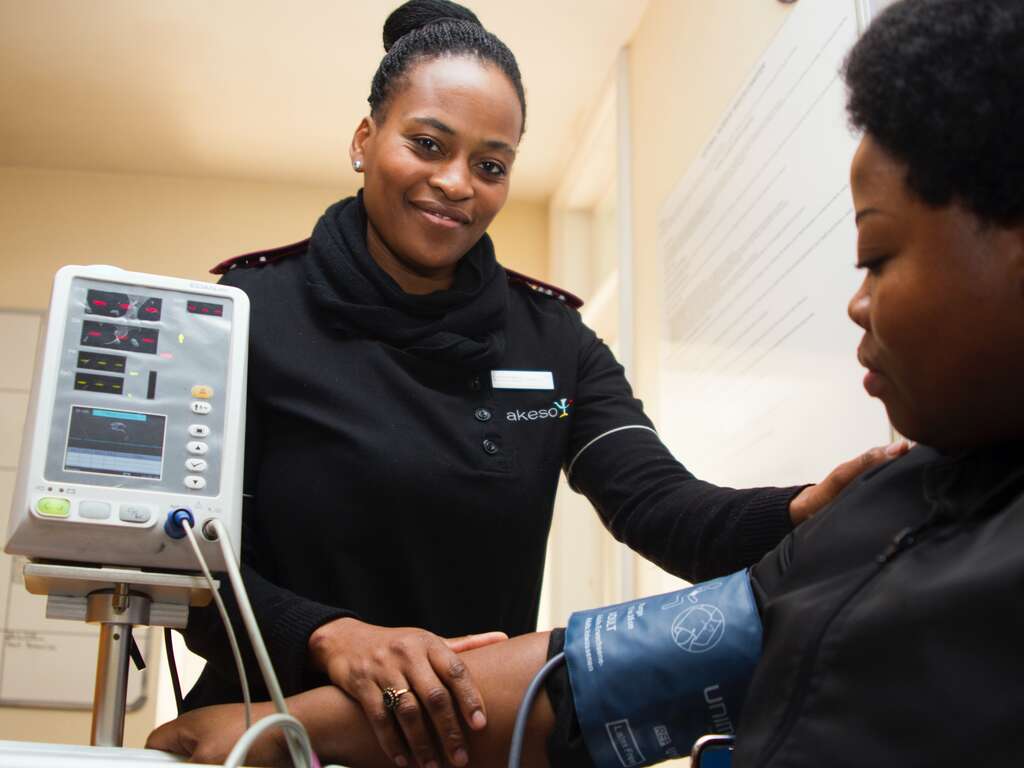
Co-occurring Disorders
Co-occurring Disorders are physical or mental illnesses which a patient has simultaneously. When a patient\’s condition is assessed before treatment, doctors will determine whether the disorders can be treated at the same time, or in which order they should be addressed.
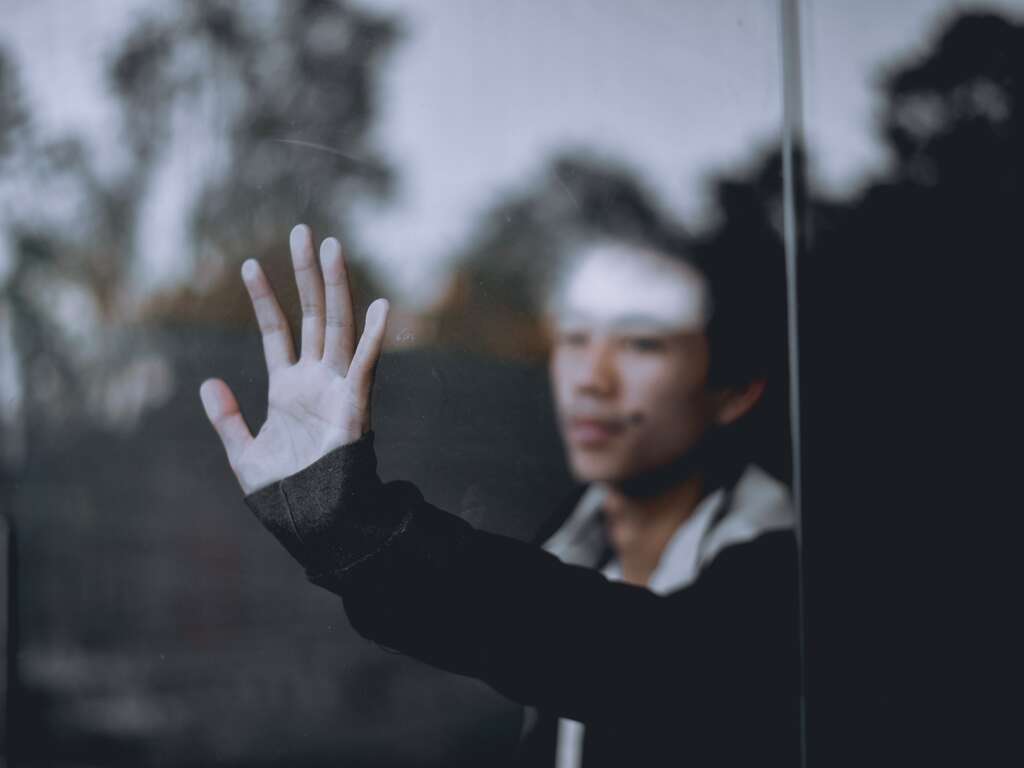
Bipolar Disorder
Formerly called manic-depressive illness, bipolar disorder is a mental illness that causes abnormal changes in energy, mood, action levels, concentration, and the ability to perform routine functions.
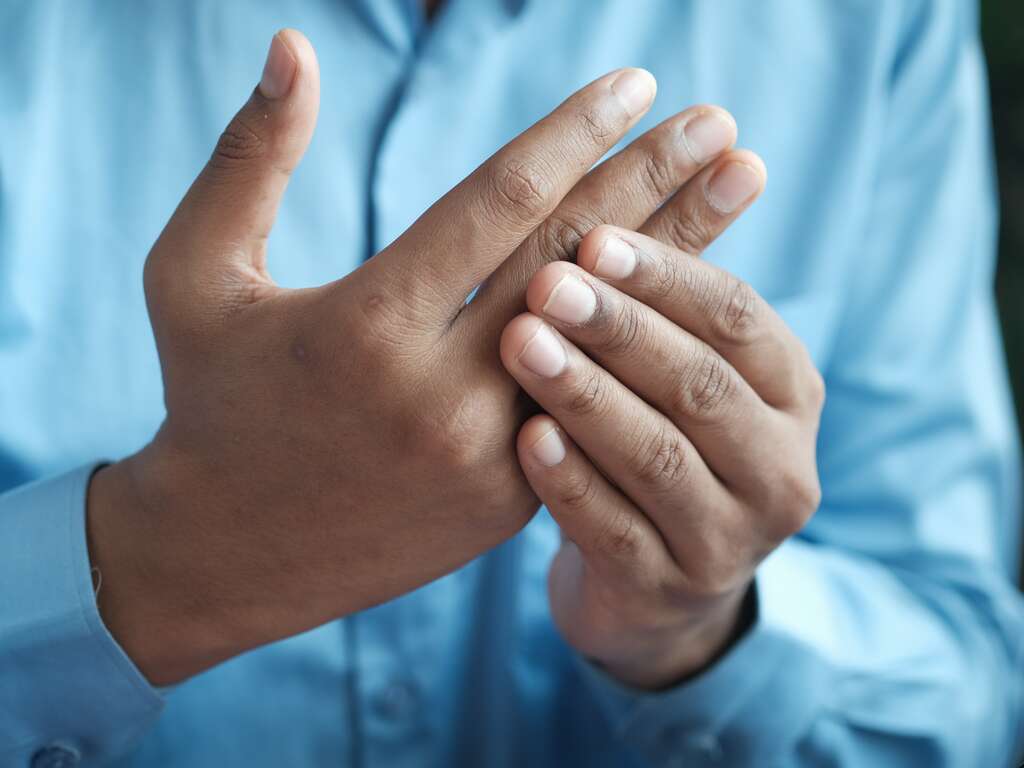
Anxiety
Most people experience occasional anxious moments regarding work, school, or important decisions, but when it lasts or worsens over time, they may have an anxiety disorder. This mental illness can interfere with daily activities.
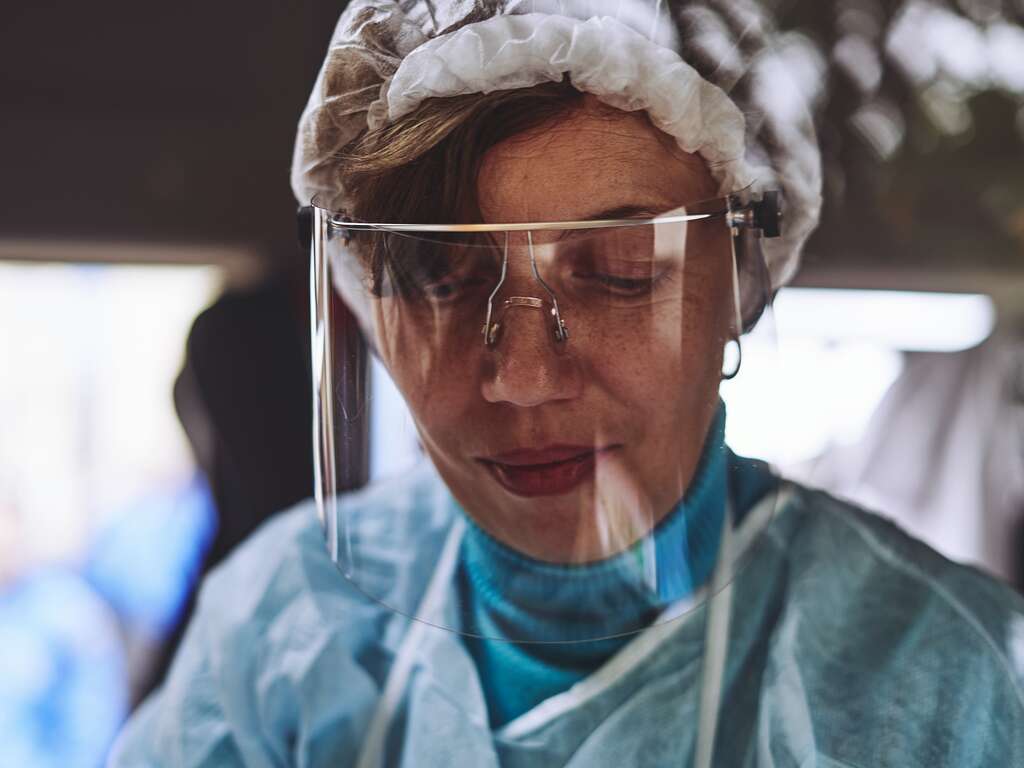
PTSD
Post-traumatic stress disorder occurs in people who have experienced or witnessed physical violence such as an accident, a disaster, or a terror attack. It also happens sometimes with people who learn that someone they know well experienced trauma. They may feel stressed or frightened, even when they are no longer in danger.
